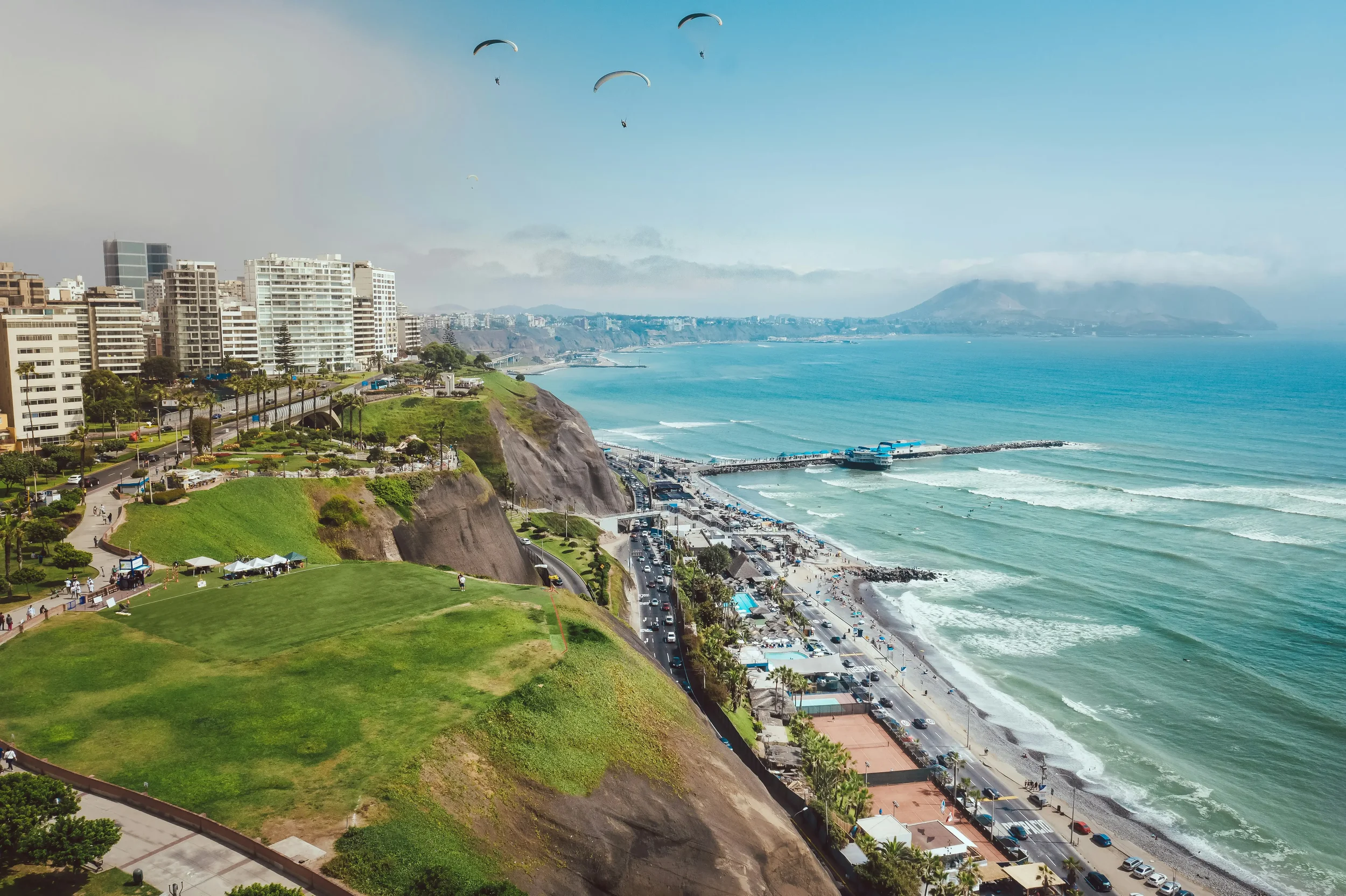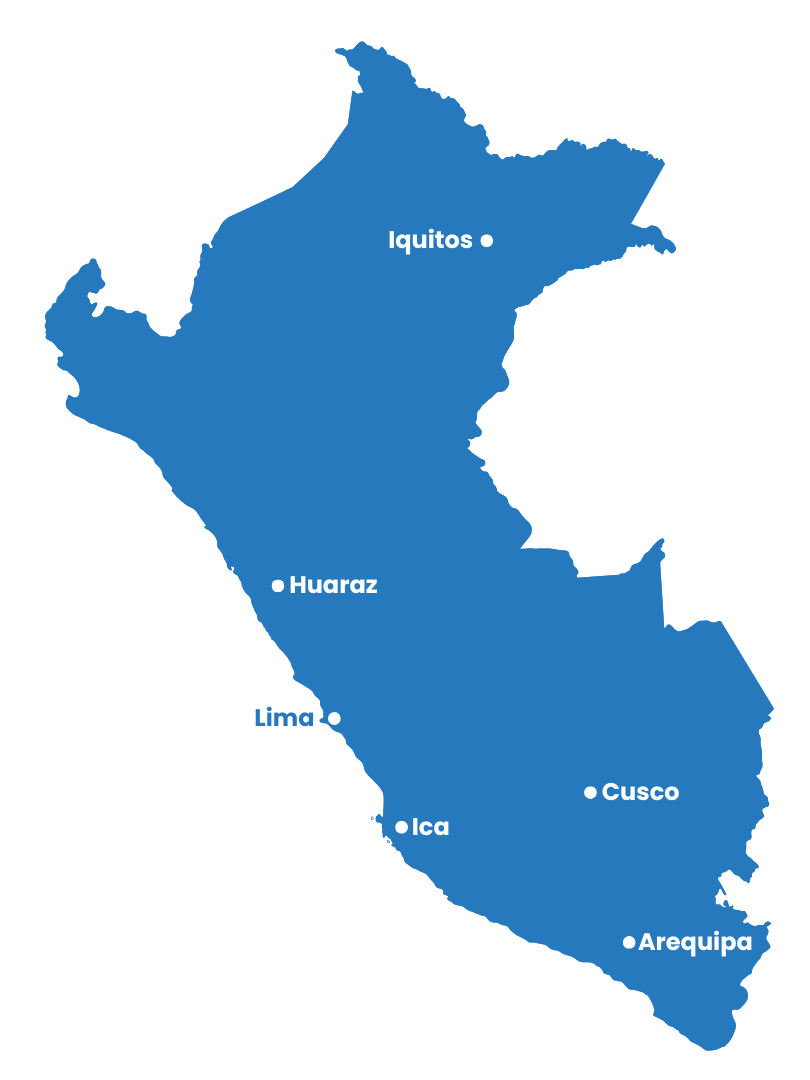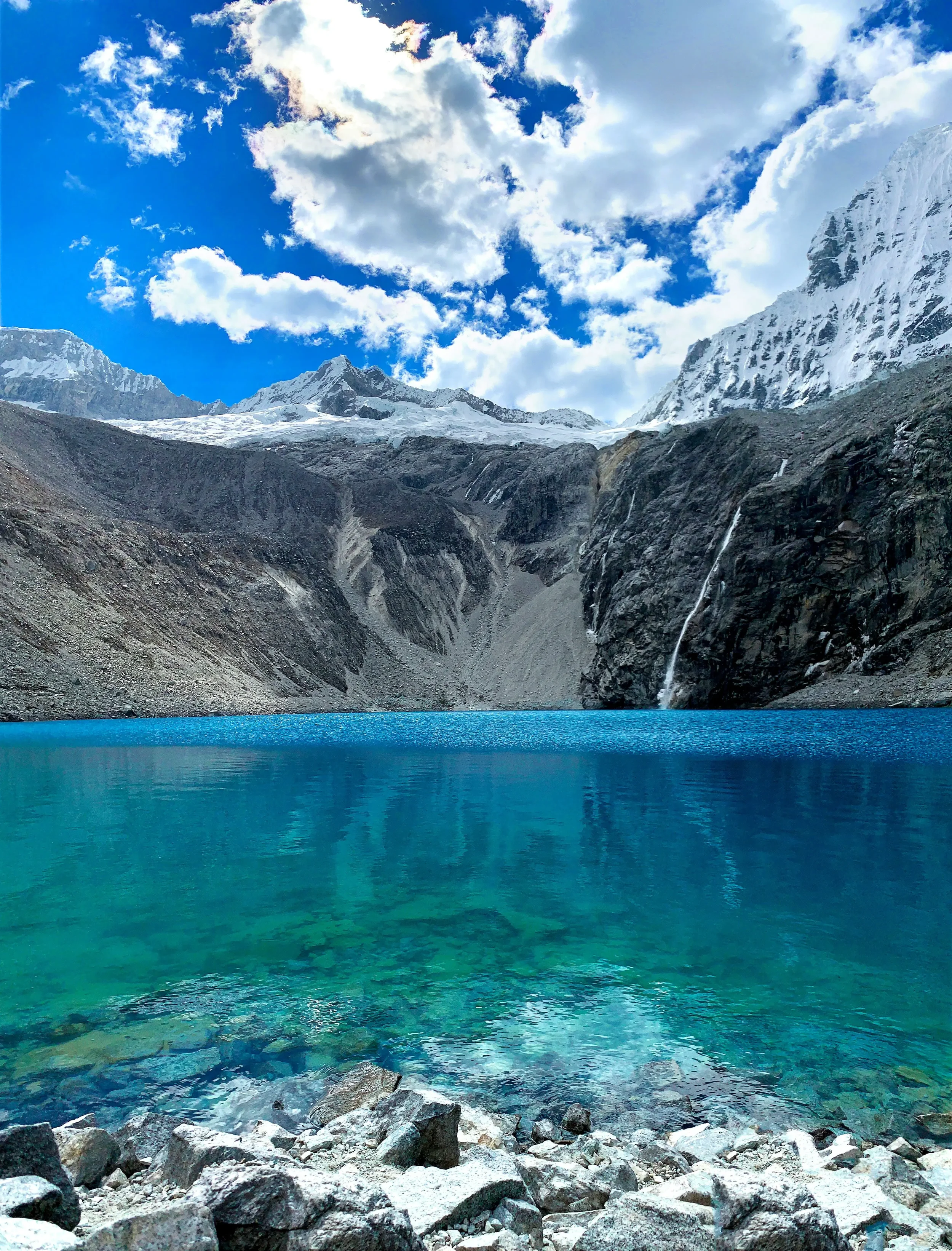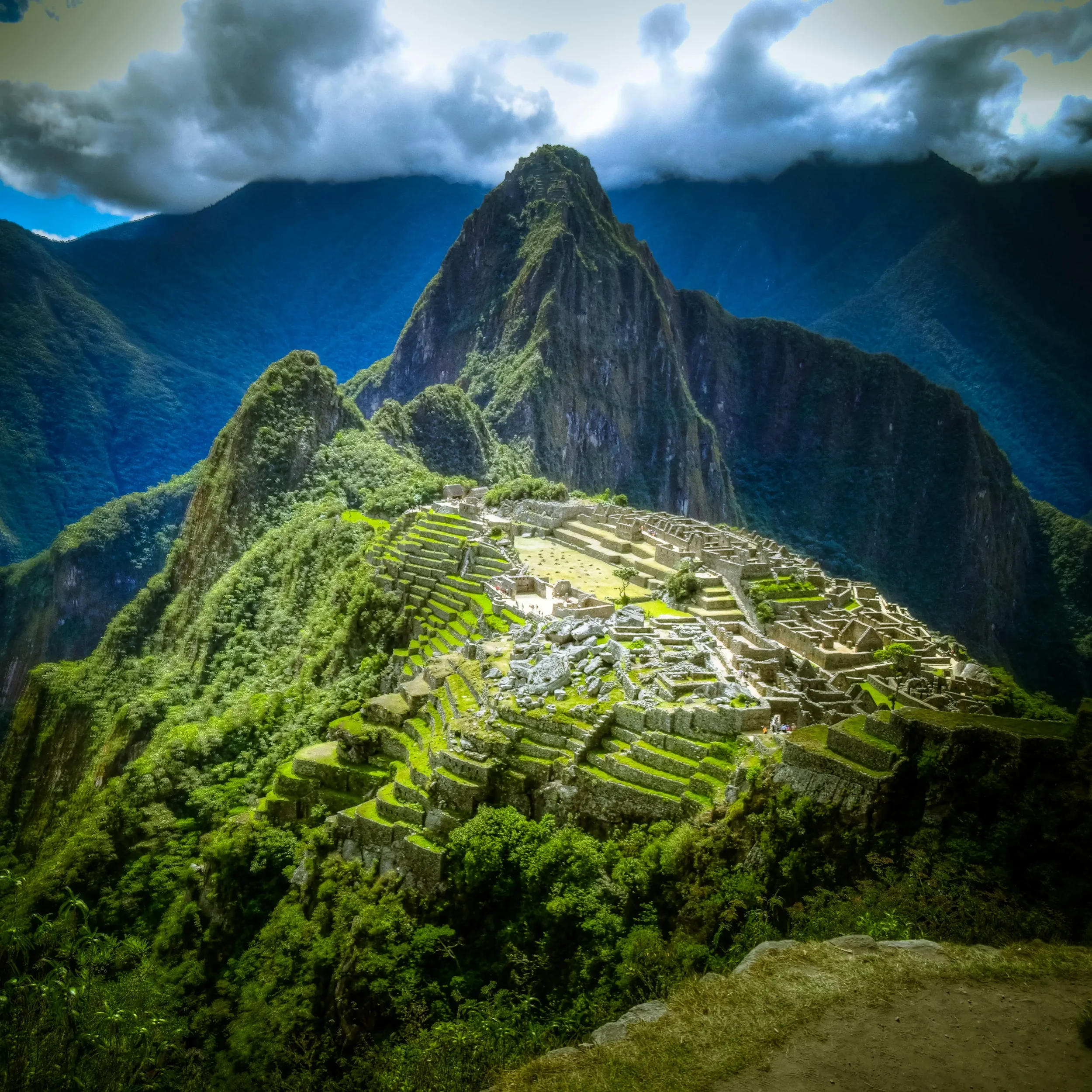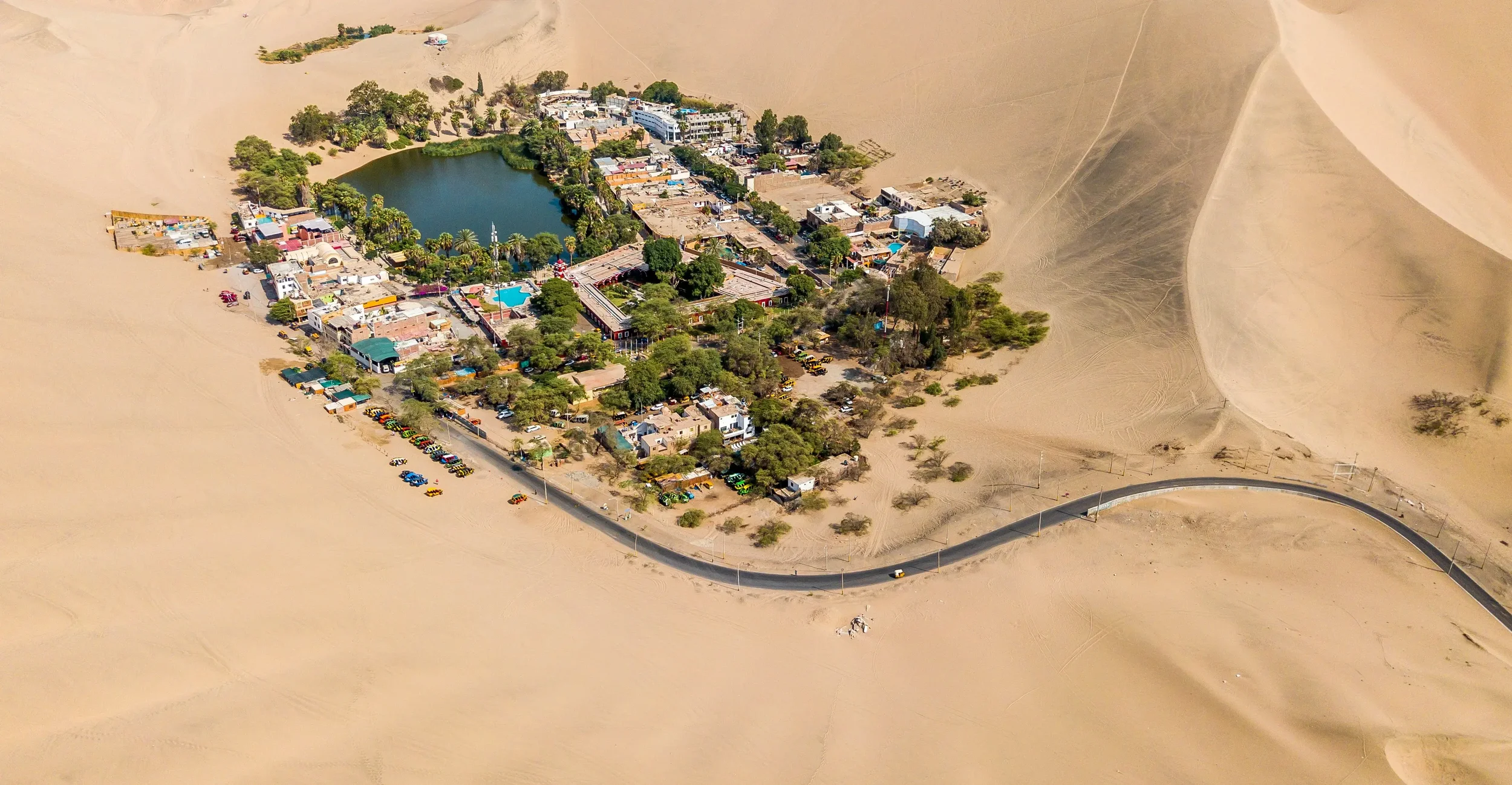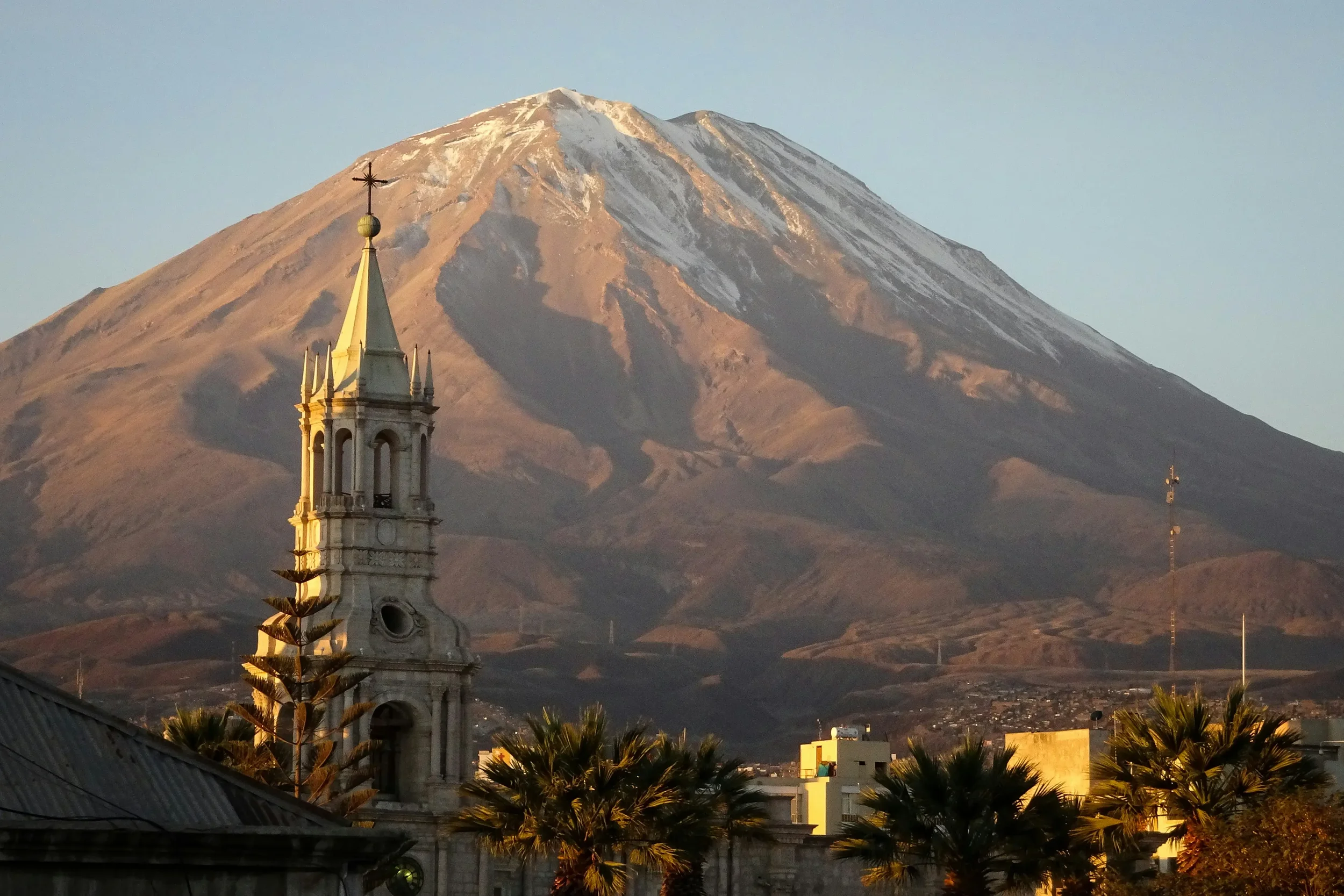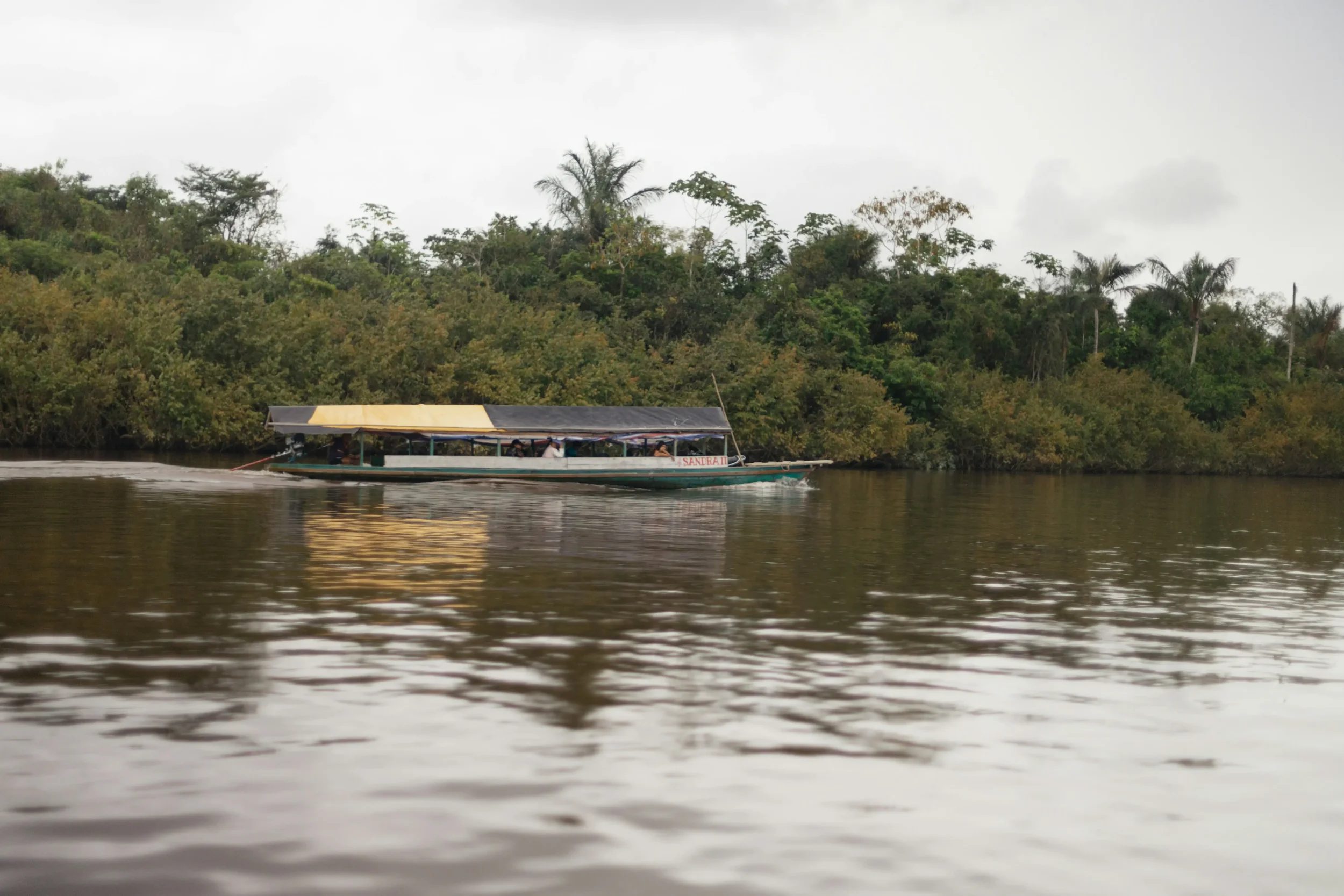PERU
-
Peru, the land of the Incas, is an intoxicating blend of ancient history, breathtaking landscapes, and vibrant culture. Most travelers arrive in Lima, a sprawling culinary capital with a burgeoning food scene and historic colonial architecture. From there, the Sacred Valley and Cusco call, leading to the ultimate pilgrimage: the magnificent Machu Picchu, a wonder of the world shrouded in mist and mystery.
Beyond the iconic Inca sites, Peru offers incredible diversity. You can explore the vast Amazon rainforest, cruise on the highest navigable lake in the world, Lake Titicaca, or marvel at the enigmatic Nazca Lines. From the majestic Andes to the arid coast, Peru promises an unforgettable journey through a rich tapestry of history and natural beauty.
-
Peru's climate is highly varied due to its distinct geographical regions: the arid coast, the Andean highlands, and the Amazon rainforest.
Overall Best Time to Visit: The dry season from May to October is generally considered the best time for trekking in the Andes (including the Inca Trail and Machu Picchu) as skies are clearer and rainfall is minimal. However, this is also peak tourist season, so expect crowds and higher prices.
Regional Breakdown:
Andean Highlands (Cusco, Machu Picchu, Sacred Valley, Lake Titicaca, Arequipa):
Dry Season (May - October): Sunny days, clear skies, and relatively cool nights. Daytime temperatures range from 18-25°C (64-77°F), but nights can drop to near freezing, especially at higher altitudes. This is the best time for hiking.
Wet Season (November - April): Increased rainfall, particularly from January to March. Trails can be muddy, and visibility may be reduced. Some sections of the Inca Trail close in February for maintenance. Temperatures are similar, but humidity is higher.
Coastal Region (Lima, Paracas, Nazca):
Summer (December - April): Warm, sunny, and humid. Temperatures average 25-30°C (77-86°F). This is the best time for beaches.
Winter (May - November): Cooler, overcast, and often foggy (known as "garúa") with high humidity but very little actual rain. Temperatures average 13-20°C (55-68°F).
Amazon Rainforest (Iquitos, Puerto Maldonado):
Year-round: Hot and humid, with consistent rainfall.
High Water Season (December - May): Rivers swell, allowing for more extensive boat exploration through flooded forests.
Low Water Season (June - November): Less rain, rivers are lower, potentially concentrating wildlife near remaining water sources, making land-based treks easier. Temperatures consistently hover around 30-32°C (86-90°F).
Important Tip: Altitude sickness is a concern in the Andes. Acclimatize gradually, stay hydrated, and consider spending a few days in Cusco before attempting high-altitude treks.
-
UK, EU & US passport holders:
Citizens from the UK, EU, and US generally do not require a visa for tourist stays up to 90 days. Upon entry, immigration officials will typically stamp your passport, indicating the maximum number of days you are permitted to stay. This is commonly 90 days, but can be less.
Important Notes:
Passport Validity: Your passport must be valid for at least six months from your date of entry into Peru and have at least two blank pages.
Proof of Onward Travel & Funds: While not always asked for, it's advisable to have proof of onward or return travel (e.g., flight tickets) and sufficient funds to cover your stay.
Extension: It is possible to apply for an extension of your tourist stay for an additional 90 days, allowing a total stay of up to 183 days within a 365-day period. This must be done at a Migraciones office before your initial stamp expires. The process can involve queues and paperwork, so allow plenty of time.
Overstay Fines: Overstaying your permitted period will result in daily fines (which can accumulate quickly) and may lead to difficulties or even a ban from re-entering Peru in the future. It's crucial to adhere to the immigration rules.
Andean Community of Nations (CAN): If you are a citizen of Bolivia, Colombia, or Ecuador, you can enter Peru with just your national ID card and stay for up to 90 days.
-
Currency: Peruvian Sol (PEN) Cash is important for smaller purchases, street food, local markets, and in more rural areas. Credit/debit cards are widely accepted in major cities and tourist areas (hotels, larger restaurants, tour agencies), but always carry some cash.
Best way to access money:
Travel Cards: Cards like Revolut, Wise, or Monzo offer competitive exchange rates and often lower ATM fees compared to traditional banks.
ATMs: Widely available in cities and towns. Look for ATMs from banks like BCP, BBVA, or Scotiabank. Be aware of withdrawal limits (typically 400-700 soles per transaction) and potential fees from both the local bank and your home bank.
Exchange Houses (Casas de Cambio): You'll find these in all major cities. They generally offer better rates than airports or hotels. Compare rates between a few different places before exchanging.
Typical daily backpacker budget: PEN 120–250/day ($32–$68 USD) – This budget can cover hostel dorms, local meals (menu del día), public transport, and some basic activities. Costs for Machu Picchu and the Inca Trail are significant and will be on top of this daily budget. Multi-day treks and popular tours will increase your expenses.
Tips:
"Menú del Día": This is your best friend for budget eating. Most local restaurants offer a fixed-price lunch menu, typically including soup, a main dish, and a drink, for around 10-20 PEN.
Street Food: Enjoy delicious and cheap street food like anticuchos (skewered meat), empanadas, or fresh fruit. Just choose vendors that look clean and popular.
Public Transport: Utilize local buses (combis or micros) and colectivos (shared minivans) for incredibly cheap inner-city and short-distance travel. For longer distances, comfortable intercity buses are very affordable.
Machu Picchu & Inca Trail: Book these well in advance, especially during peak season. Costs for entry, permits, and guides are substantial. Consider alternative treks like Lares or Salkantay if Inca Trail permits are sold out or to save money.
Bargain: At markets, especially for souvenirs, polite bargaining is expected. For taxis, always agree on a price before getting in, as meters are rare.
Altitude Sickness: Preventative measures like coca tea (available everywhere), staying hydrated, and taking it easy for the first few days can save you money on potential medical issues.
Main Destinations

